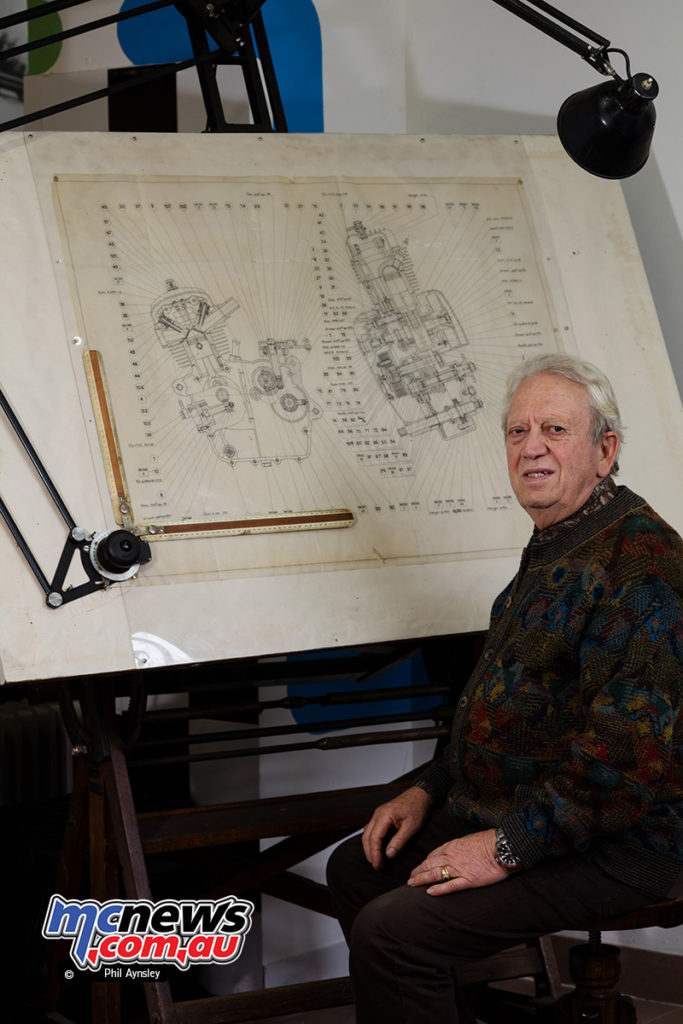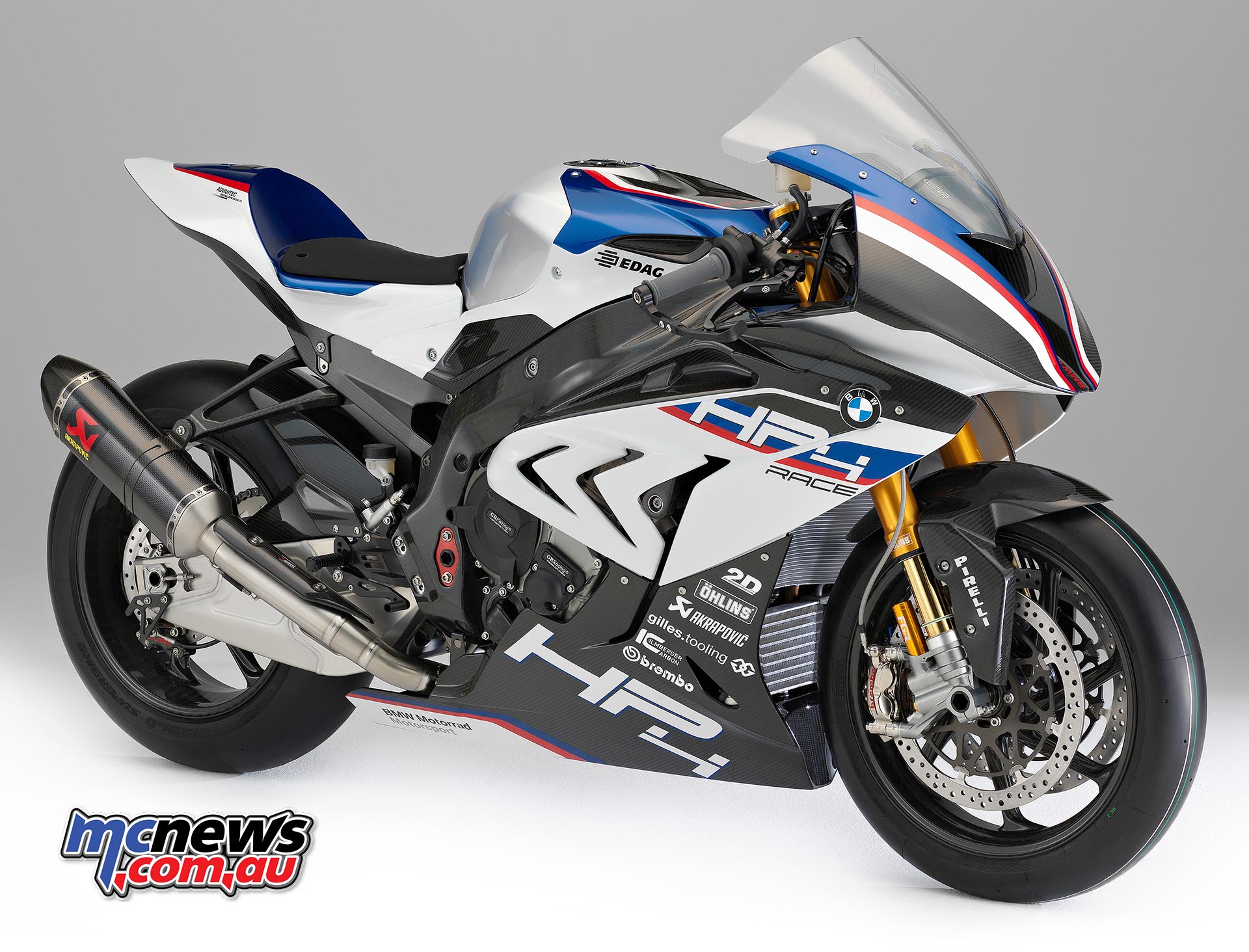Phil Aynsley explores the DEMM Museum near Bologna – a small scale manufacturer of small capacity motorcycles
If you find yourself near Bologna with a few hours to spare on a weekend you could do worse than pay The Museum of Motorcycles and Mopeds DEMM a visit.
It is to be found in a section of the original factory, located in Porretta Terme about 60km southwest of Bologna.
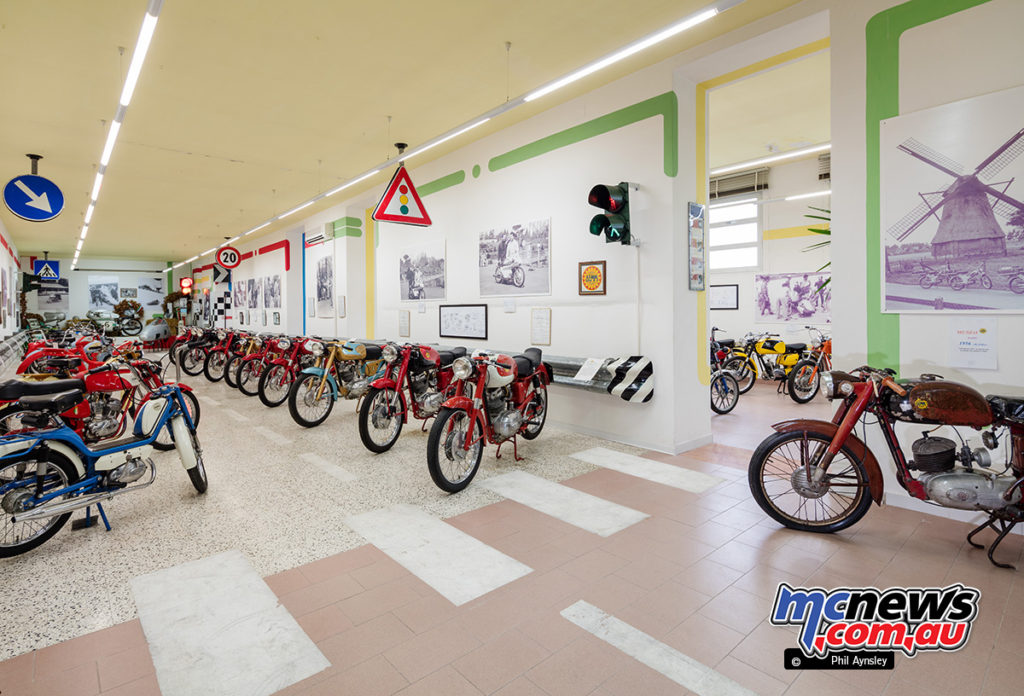
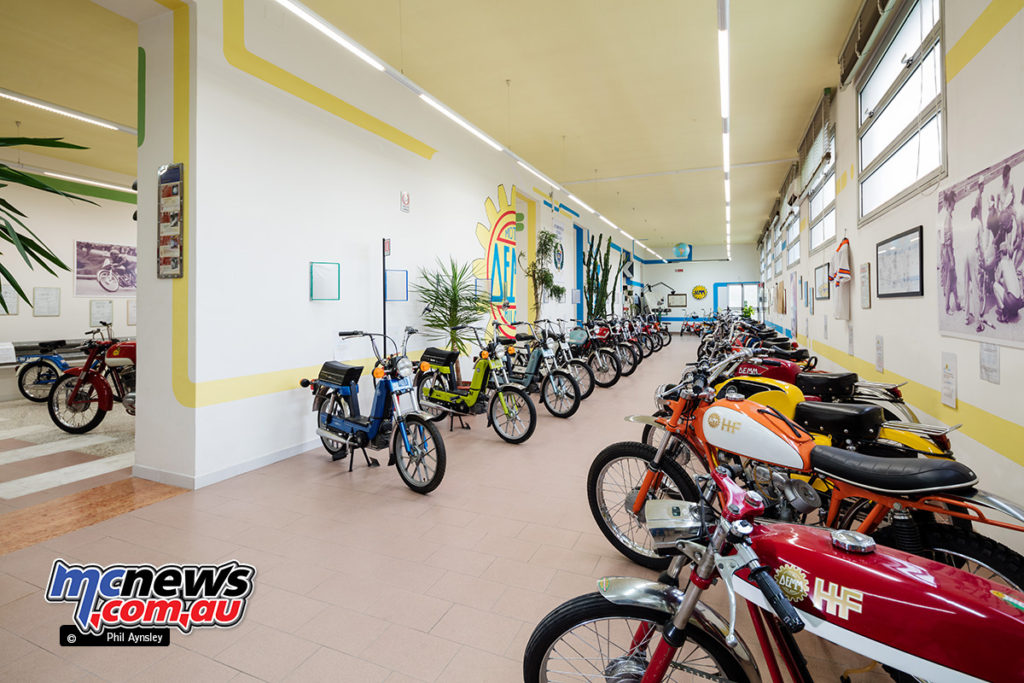
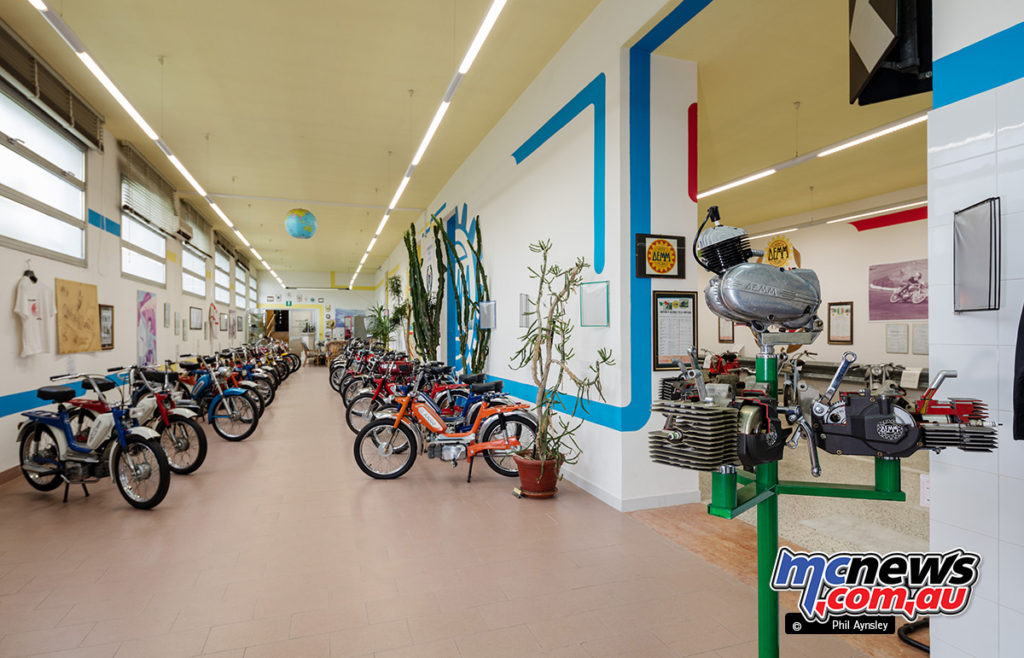
The story of DEMM is a very Italian one – of heritage, opportunity, craftsmanship, sporting and financial success, then decline but eventual survival (of a sort).
The DEMM company was split off from its parent group OPRAM (which had been founded in Milan in 1919) in 1928. The name came from the three owners – Giacomo Daldi, Dino Daldi and Luigi Matteucci (Daldi e Matteucci Milano).
The company produced industrial components including gears, machine tools and measuring instruments, all items requiring the highest precision. They entered the motorcycle market in 1953 with a 125cc two-stroke and with an advanced 50cc two-stroke motor that was sold to other companies such as Legnano and Testi.
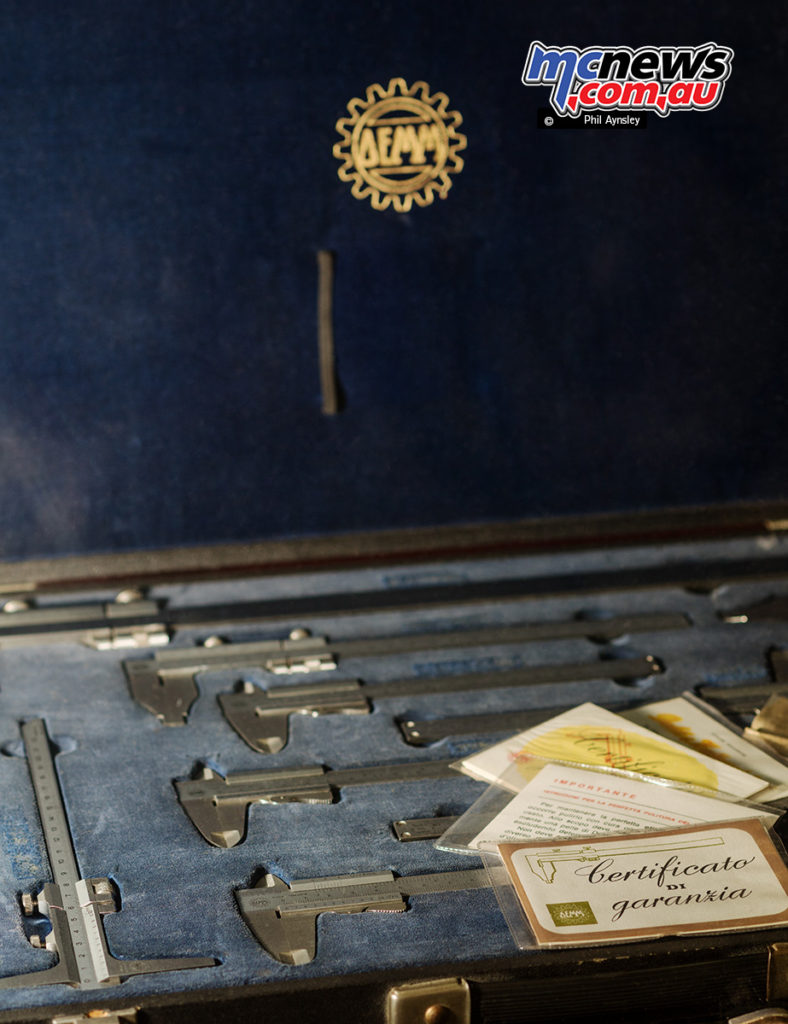
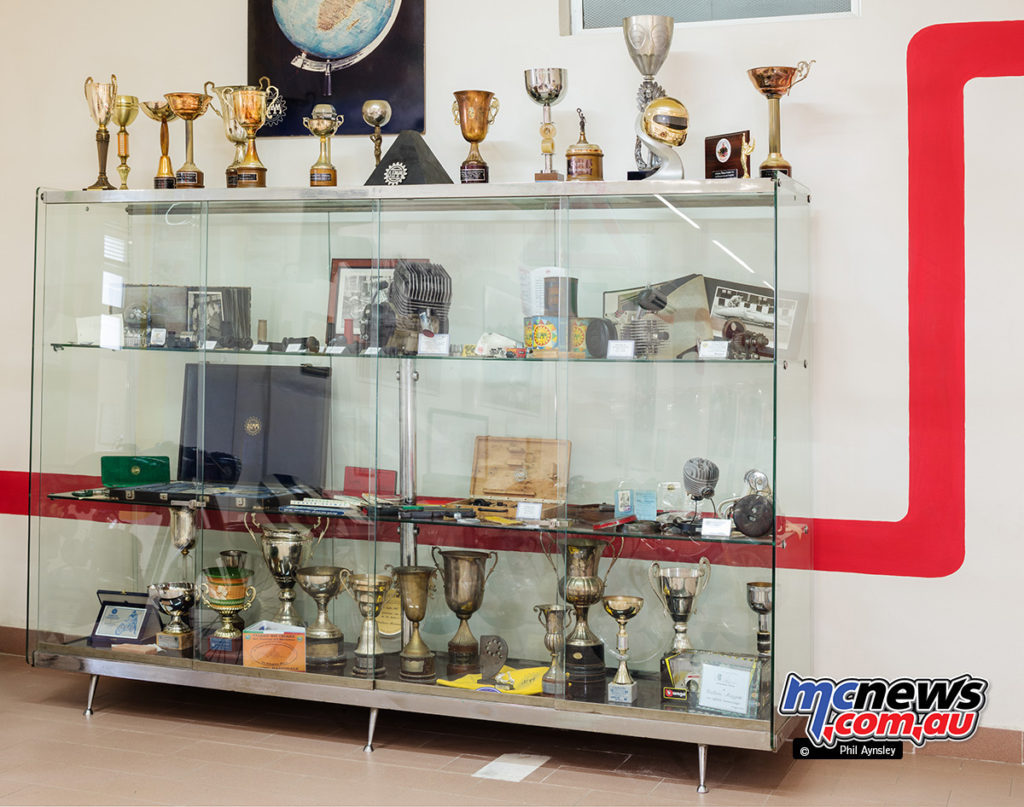
In 1956 they produced their first moped, the Dick-Dick (named after the small South African antelope). While the majority of the company’s output were 50cc two-strokes (over 800,000 produced) they also made a range of two and four-stroke singles of up to 175cc (about 7,000 built) as well as farming equipment and three-wheeled delivery trucks (1,500).
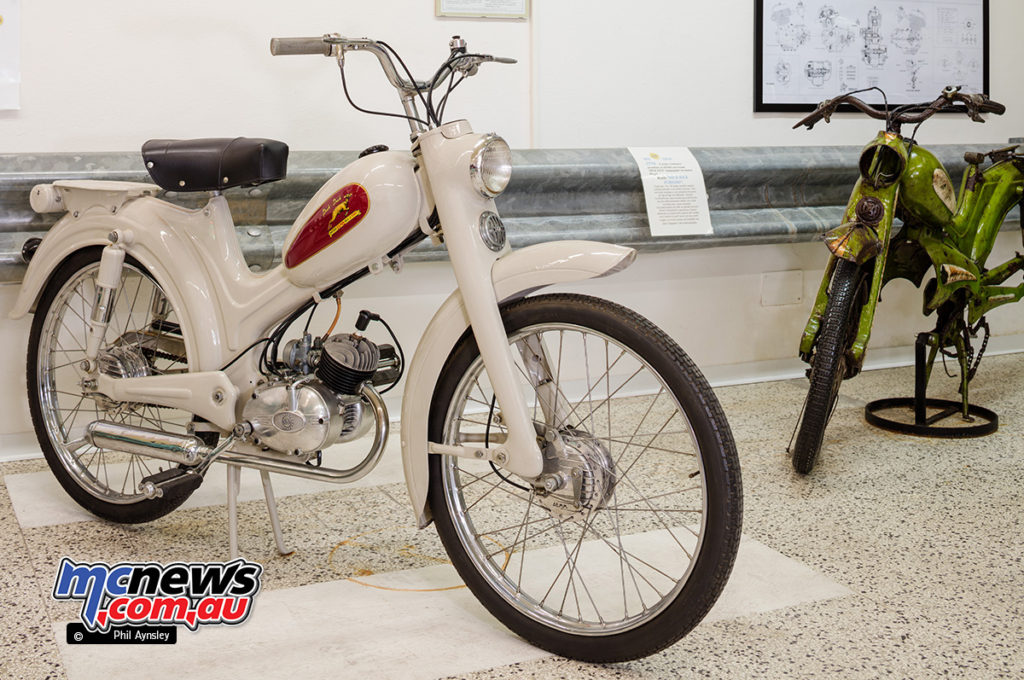
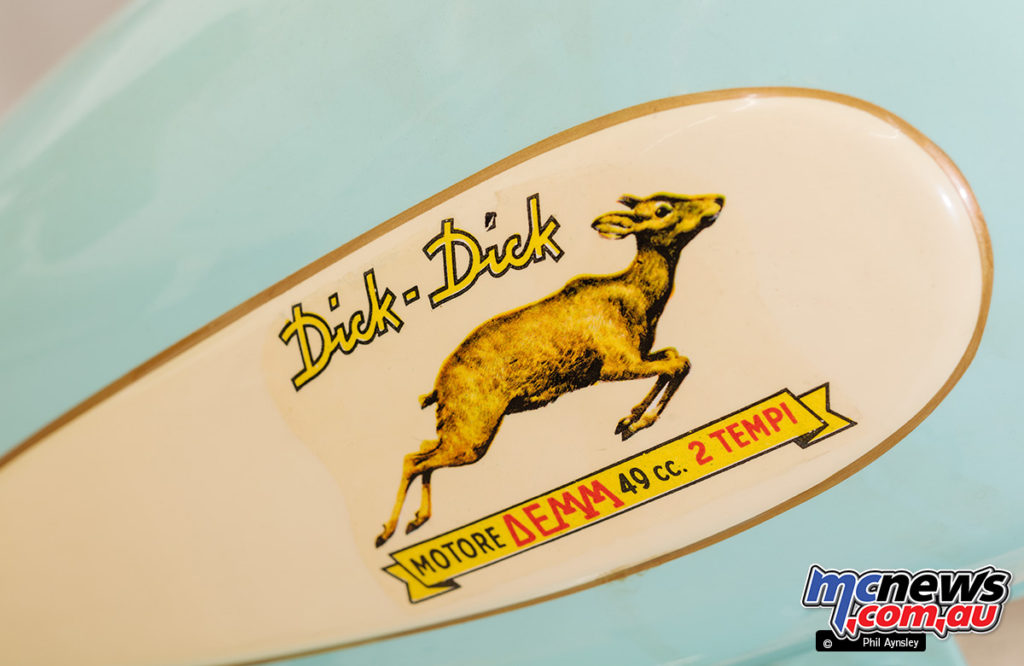
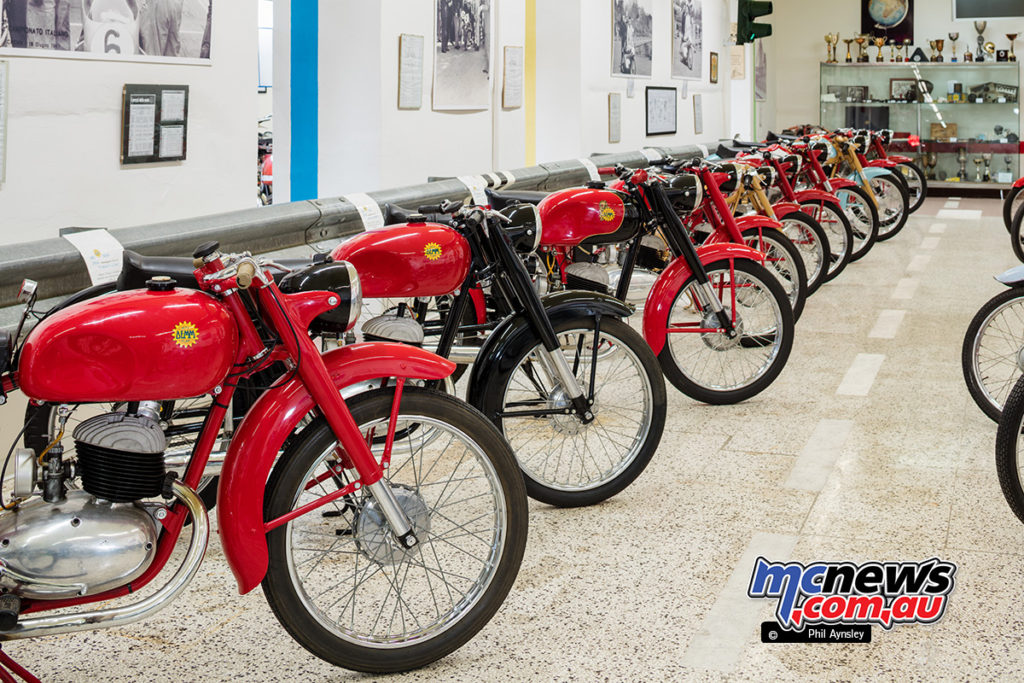
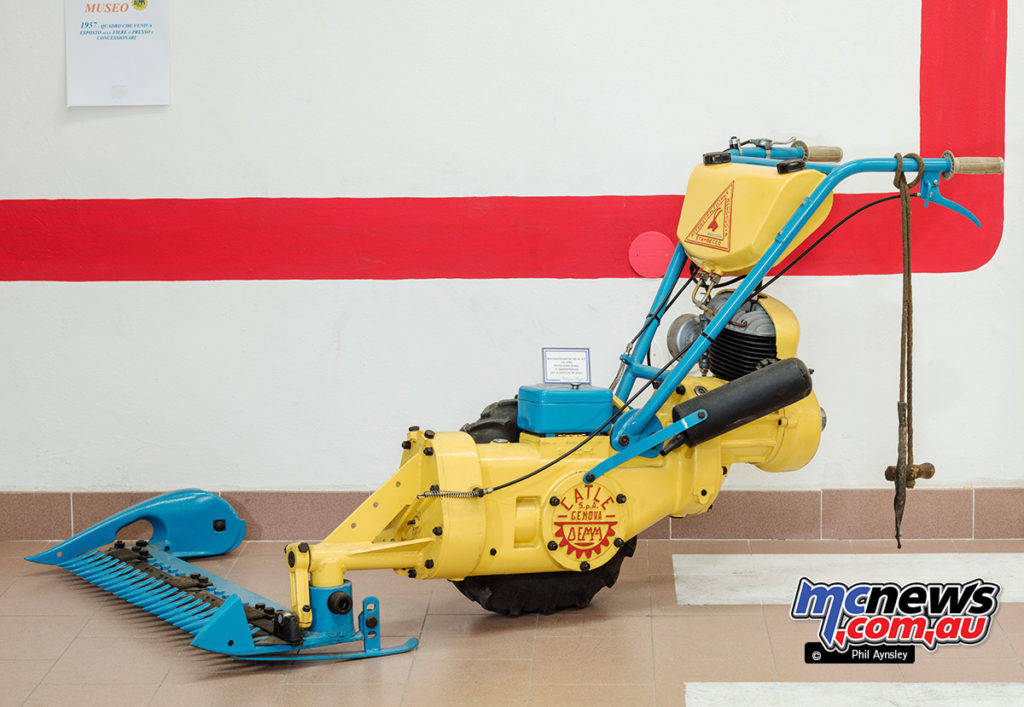
In 1956 they achieved 24 world speed records with their Siluro streamliner at Monza. The cut outs in the bodywork next to the front wheel were for the rider’s legs so he could keep the bike upright when at rest.
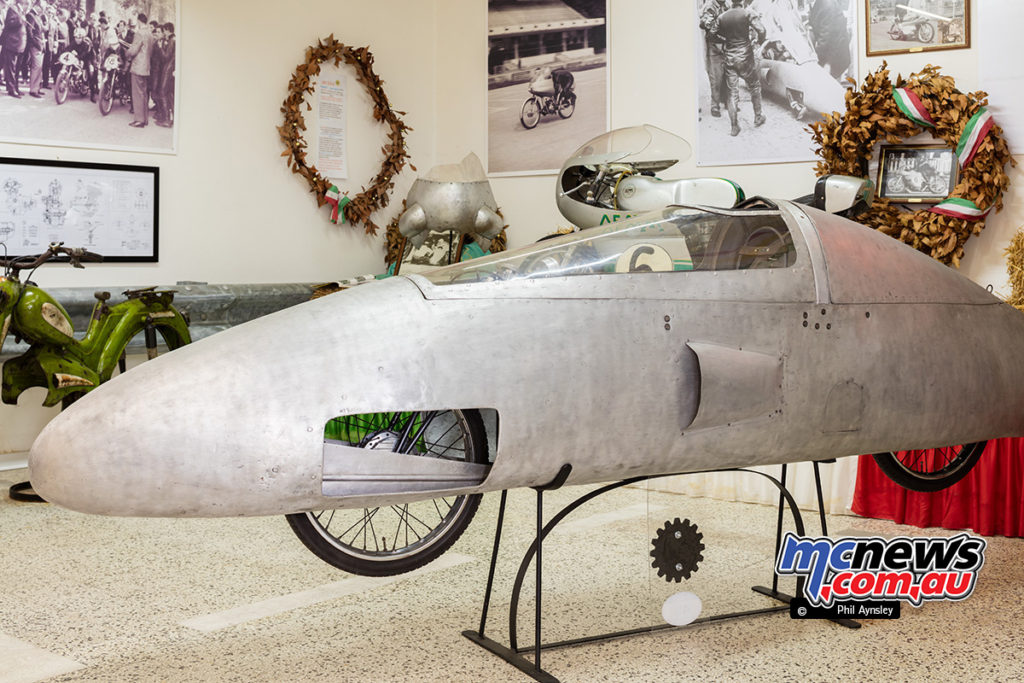
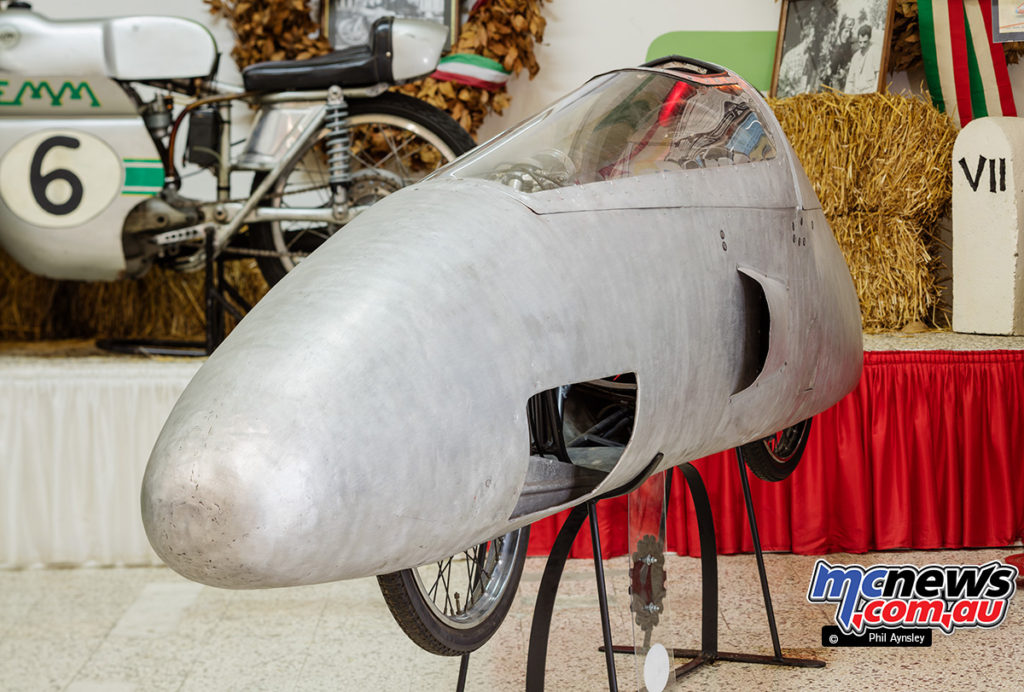
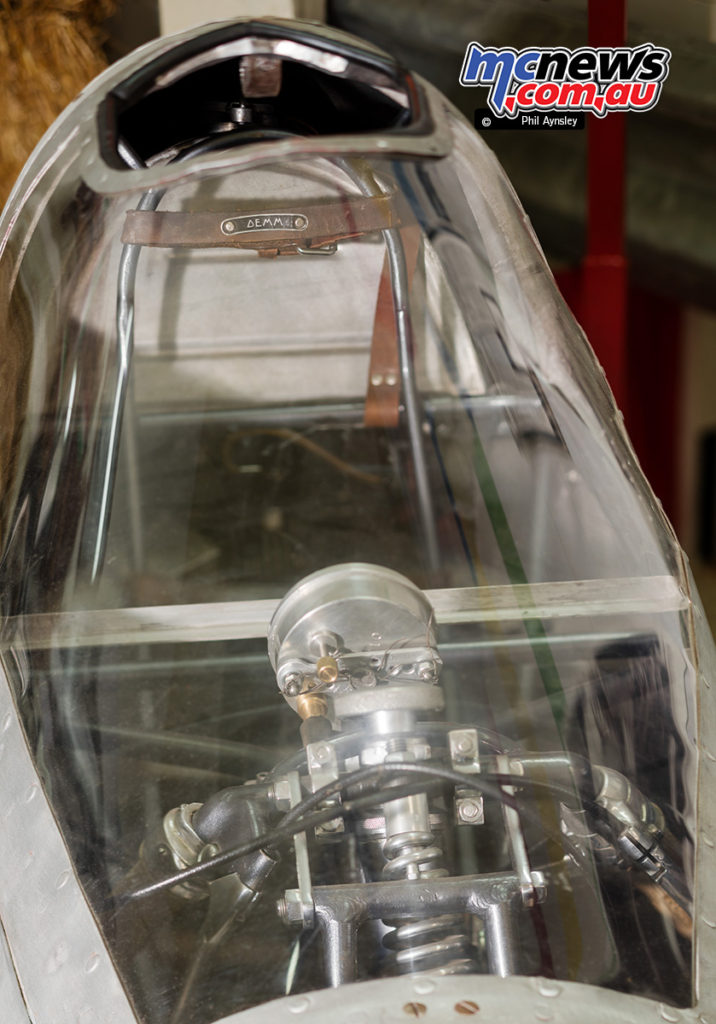
In 1961 they won the Italian 50cc championship with a DOHC single (the images of it here were taken at the Morbidelli Museo, unfortunately the DEMM museum doesn’t have an example). Power was 9.8hp at 15,000rpm.
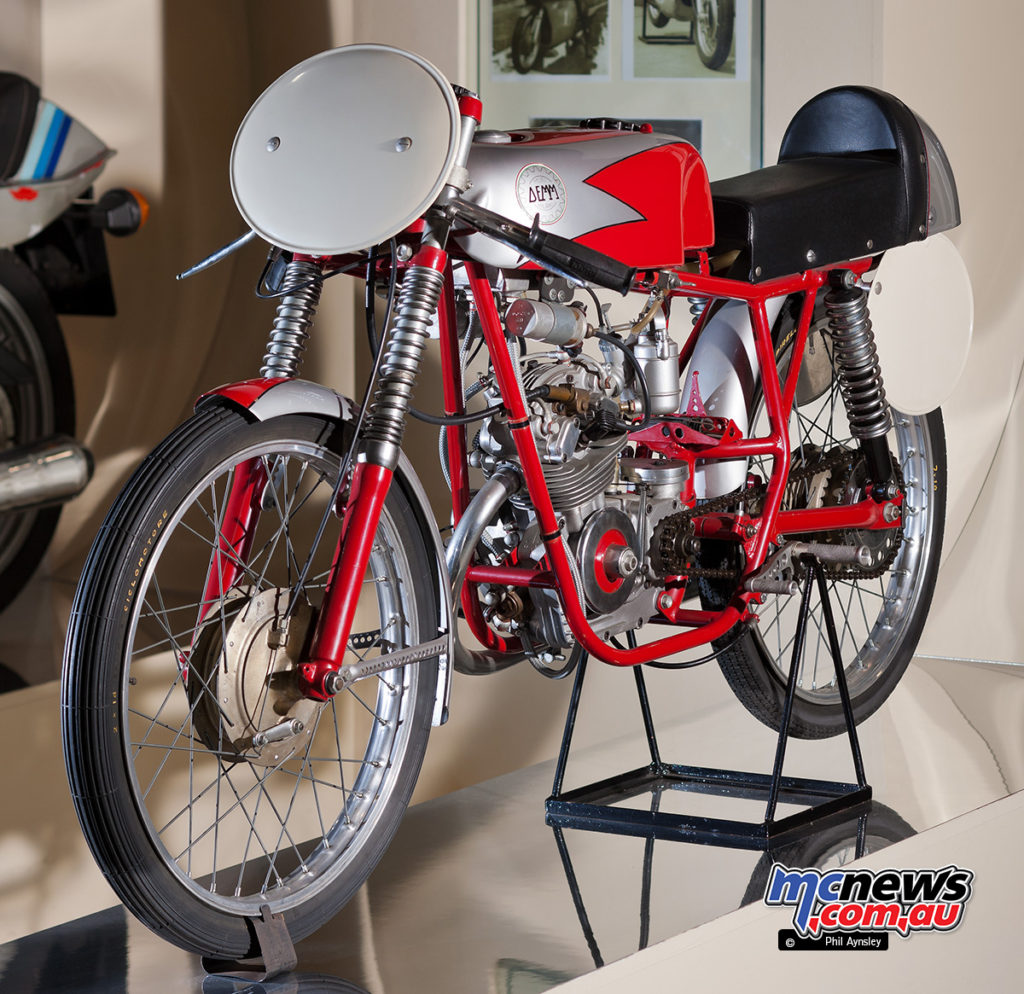
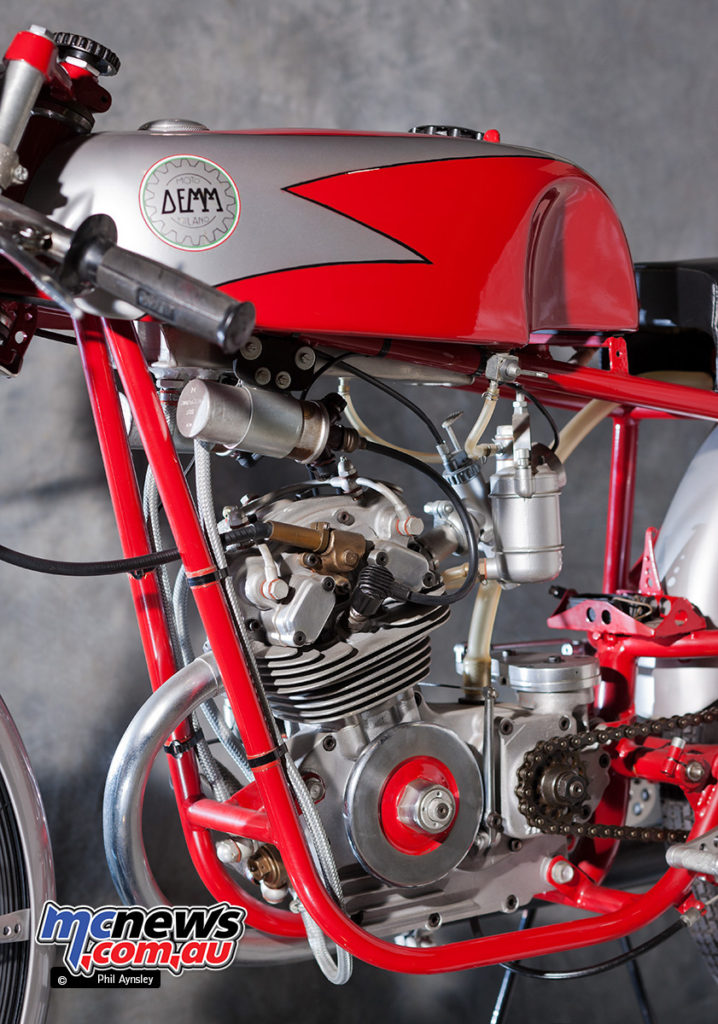
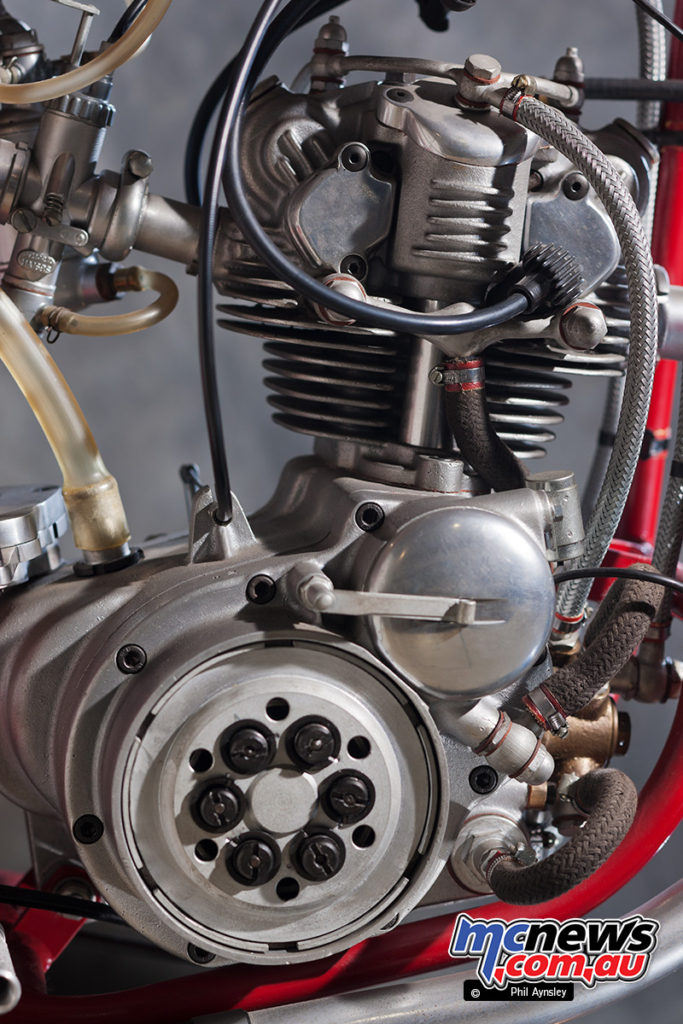
The engineering drawings:
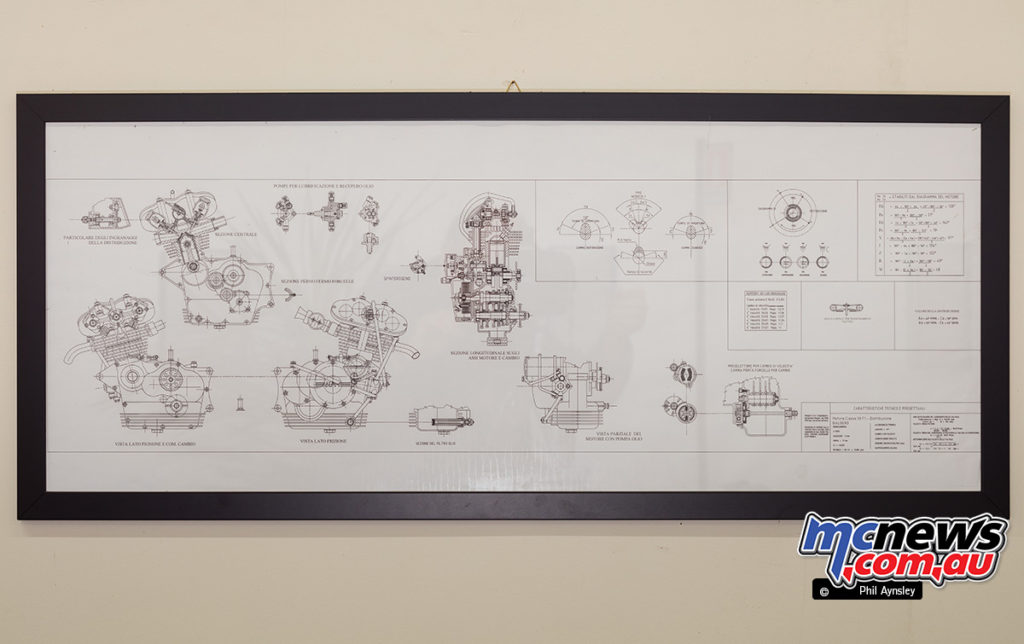
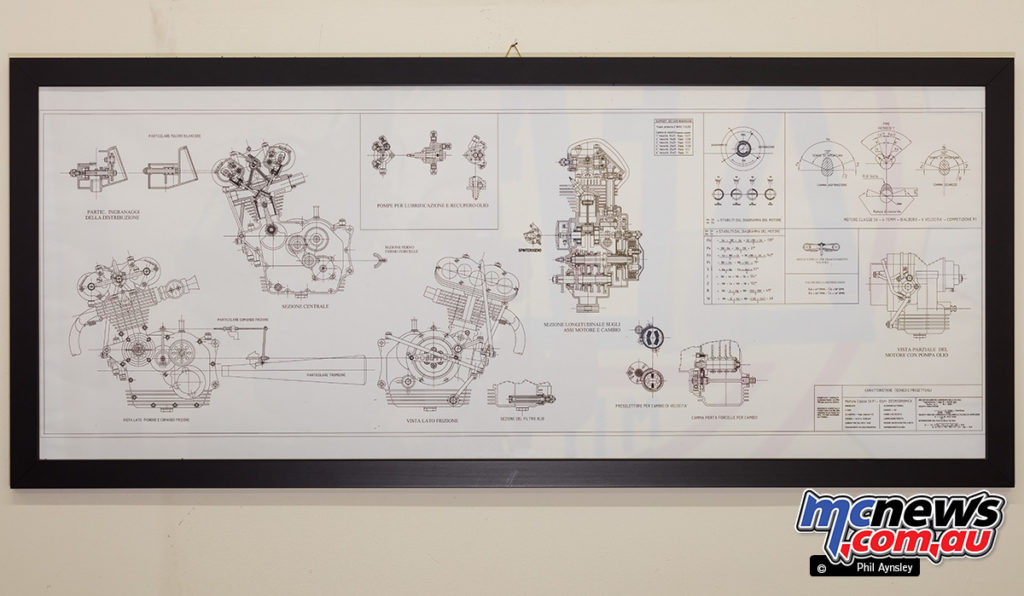
During 1965-6 the company entered the fiercely competitive Italian F2 championship with the bike you see here. Up against bikes from Ducati, Morini, Bultaco etc, their pushrod 125cc single relied on light weight – both of the cycle parts as well as the motor’s reciprocating masses.
The bike weighed in at 58kg with a bench tested 17.5hp at an astronomical 12,000rpm!
Giuliano says of the cable operated front disc brake, “Very little chance of stopping, but the prize of the manufacturer was quite high, so we had to increase the rear brake to work around the disc brake problem”.
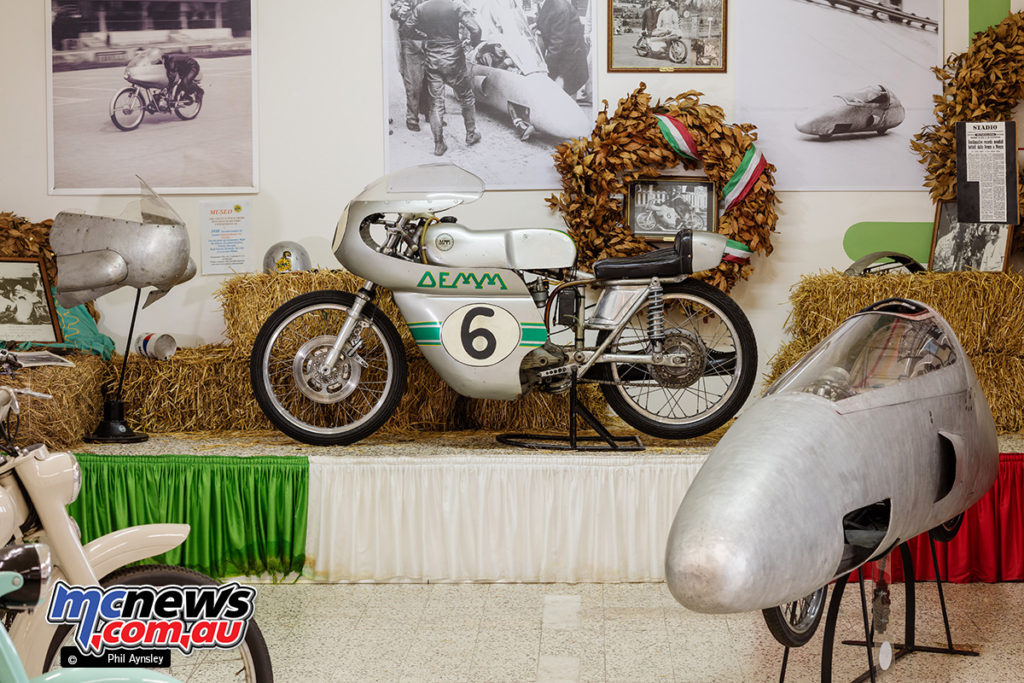
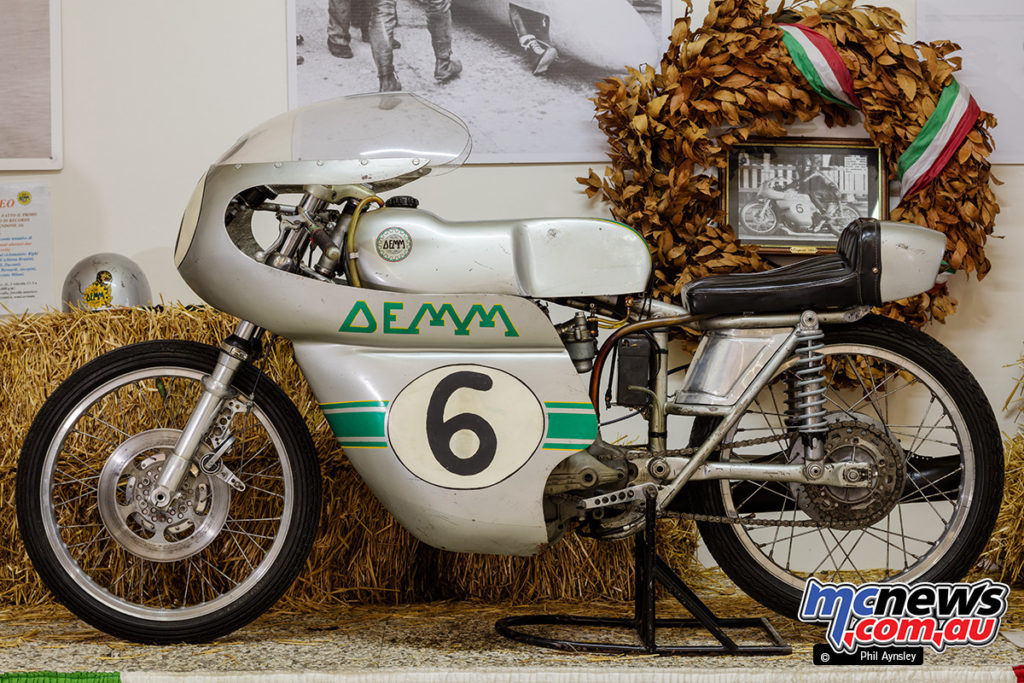
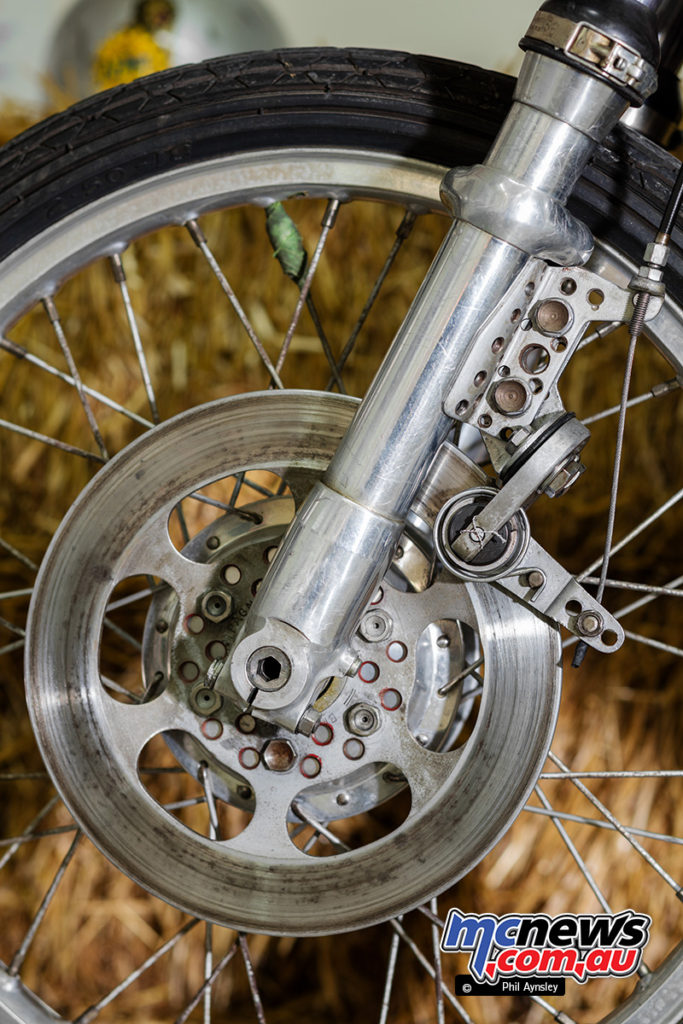
One characteristic of the company’s small capacity machines were their quirky names – Ping-Pong, Andy, Smily, Trio, Condor, Panther, Toxy…
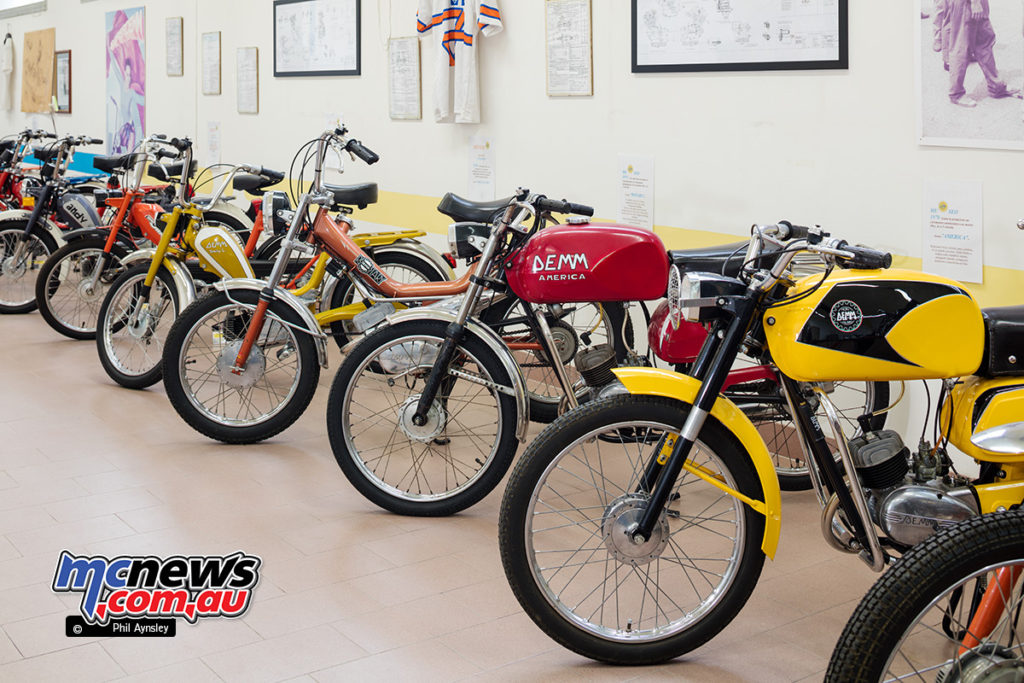
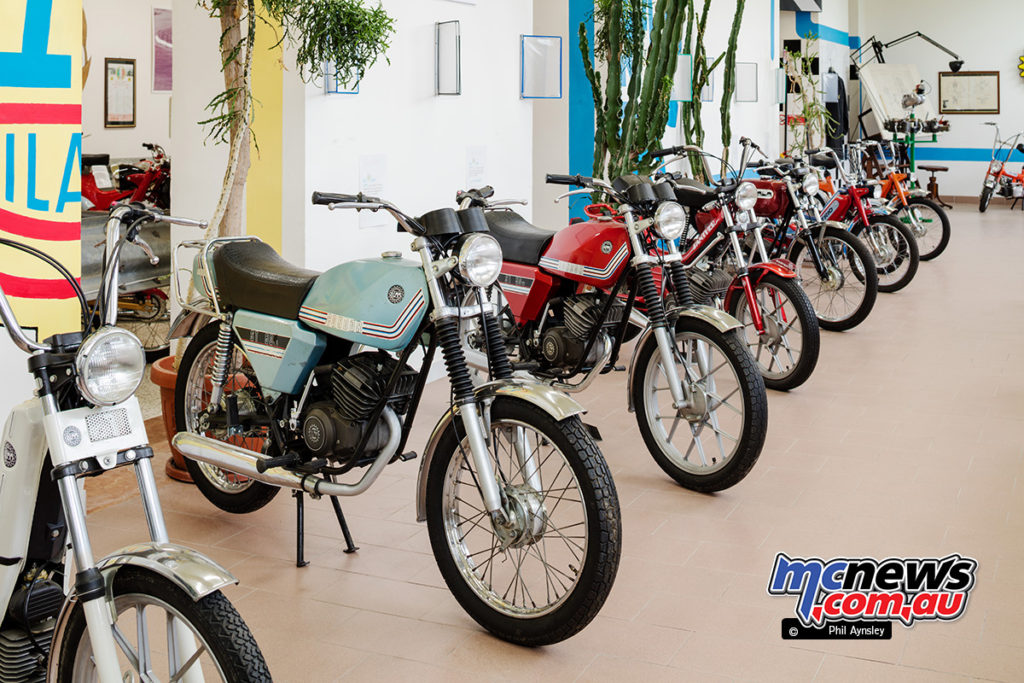
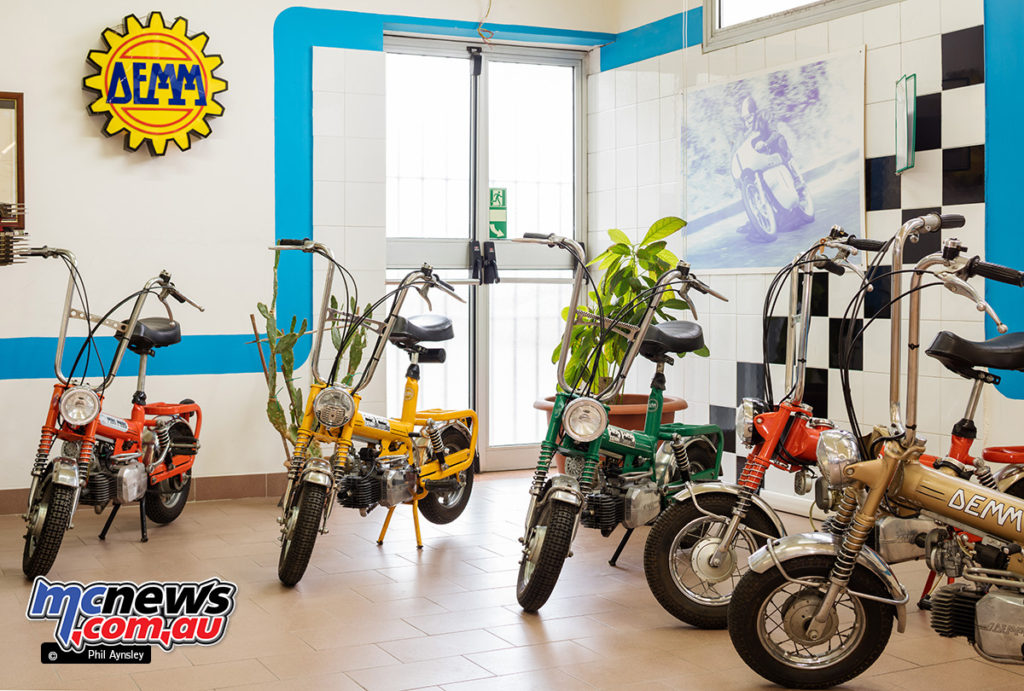
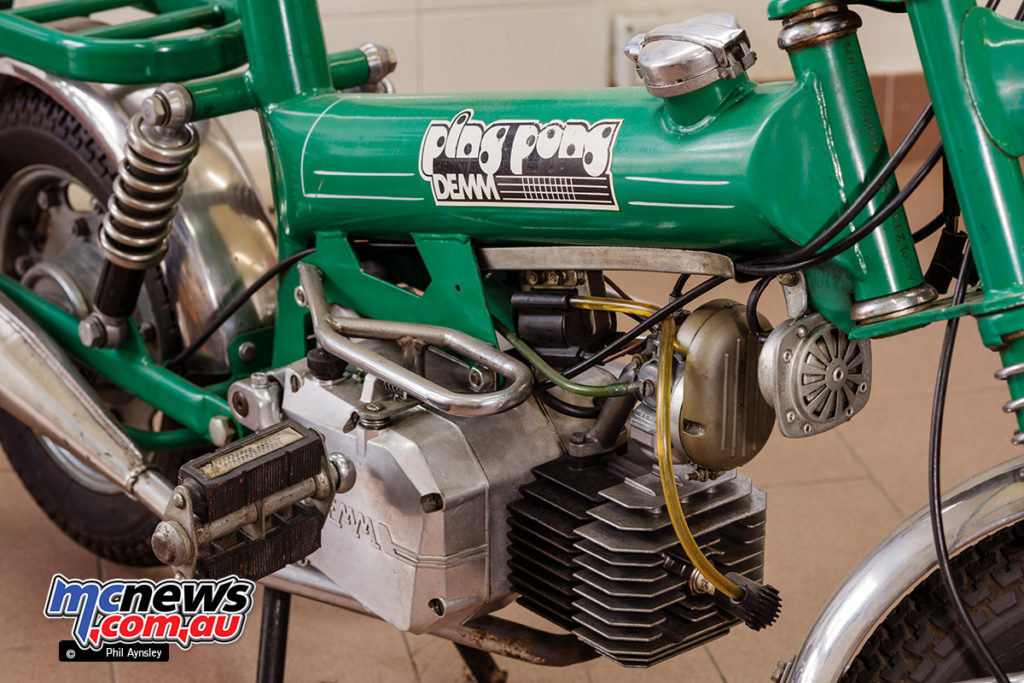
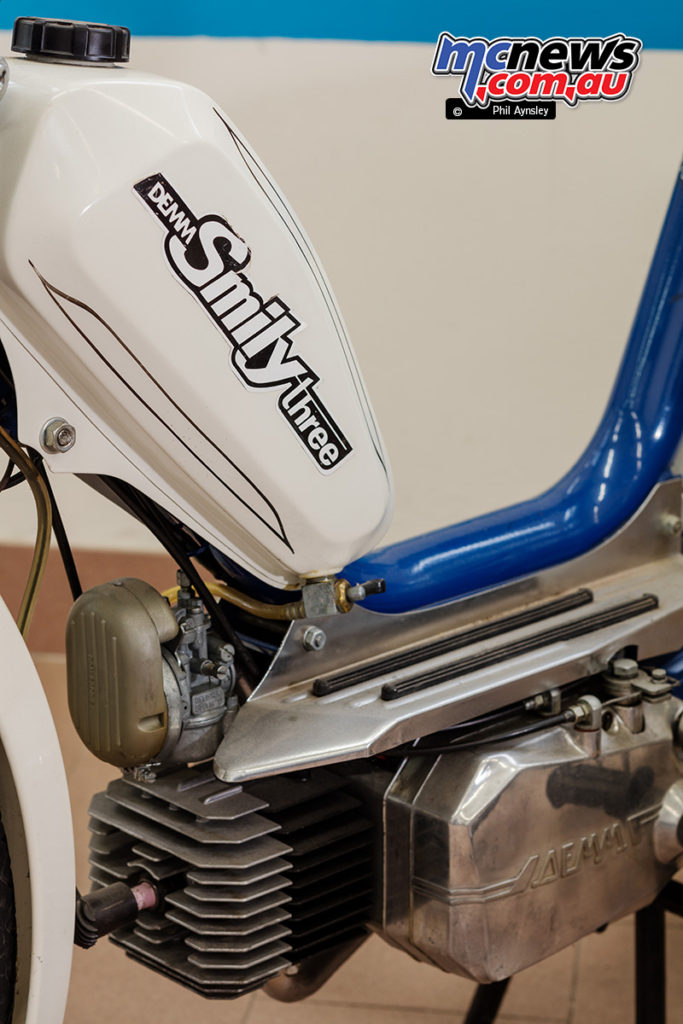
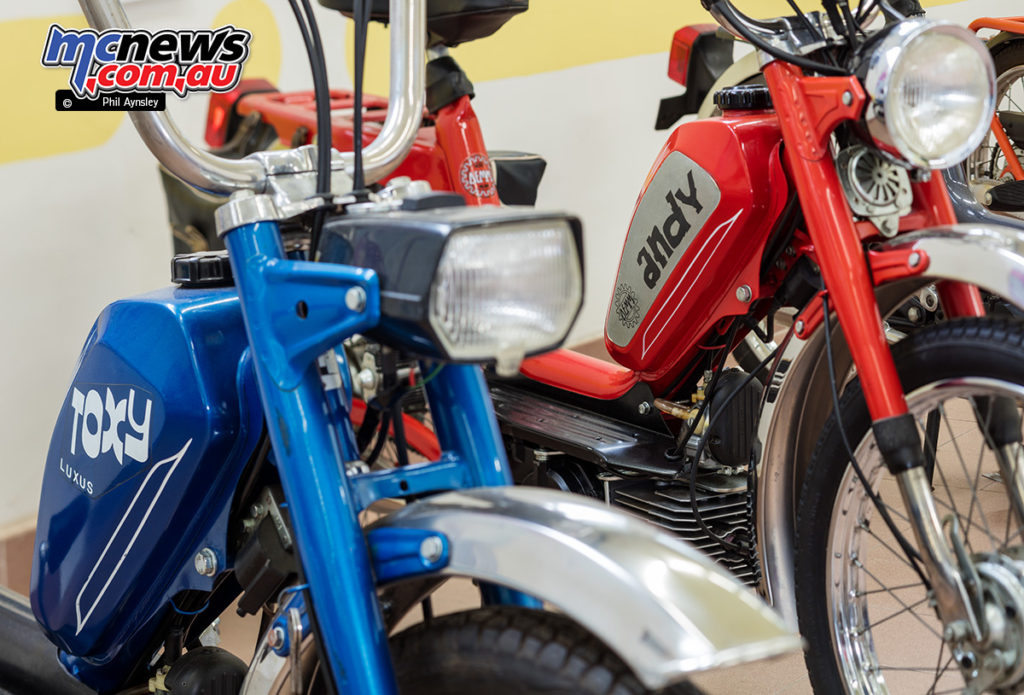
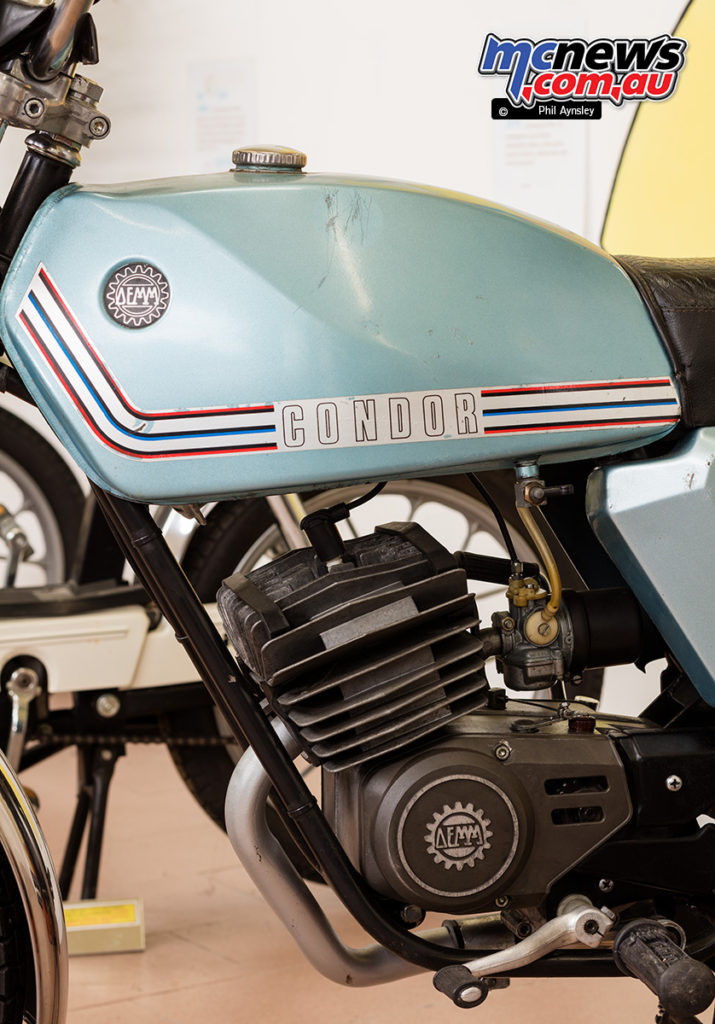
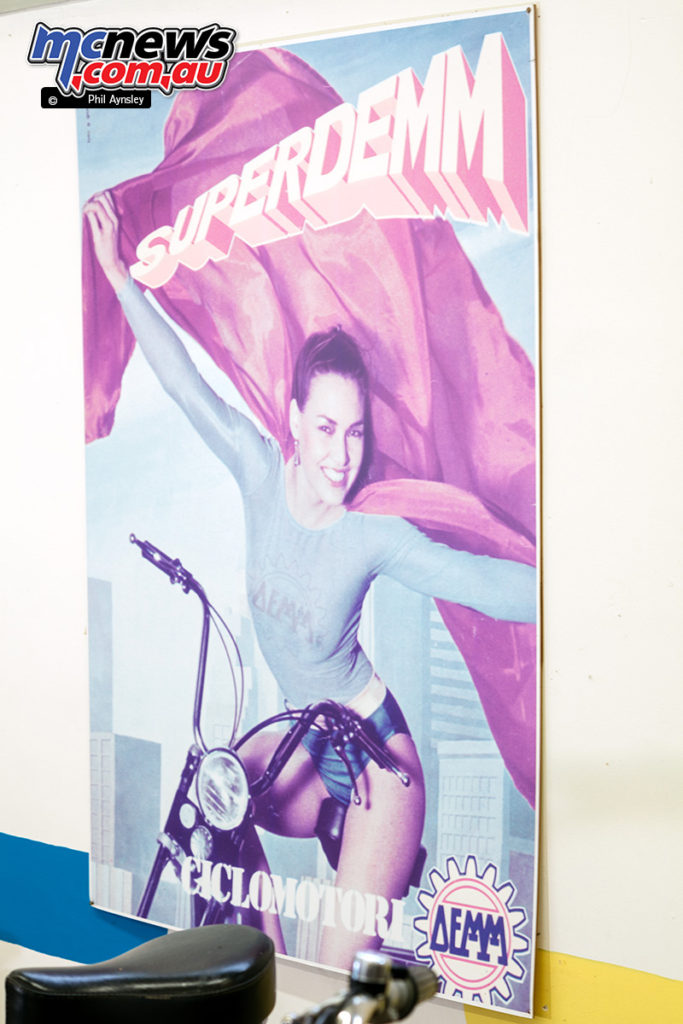
…and the Koala!
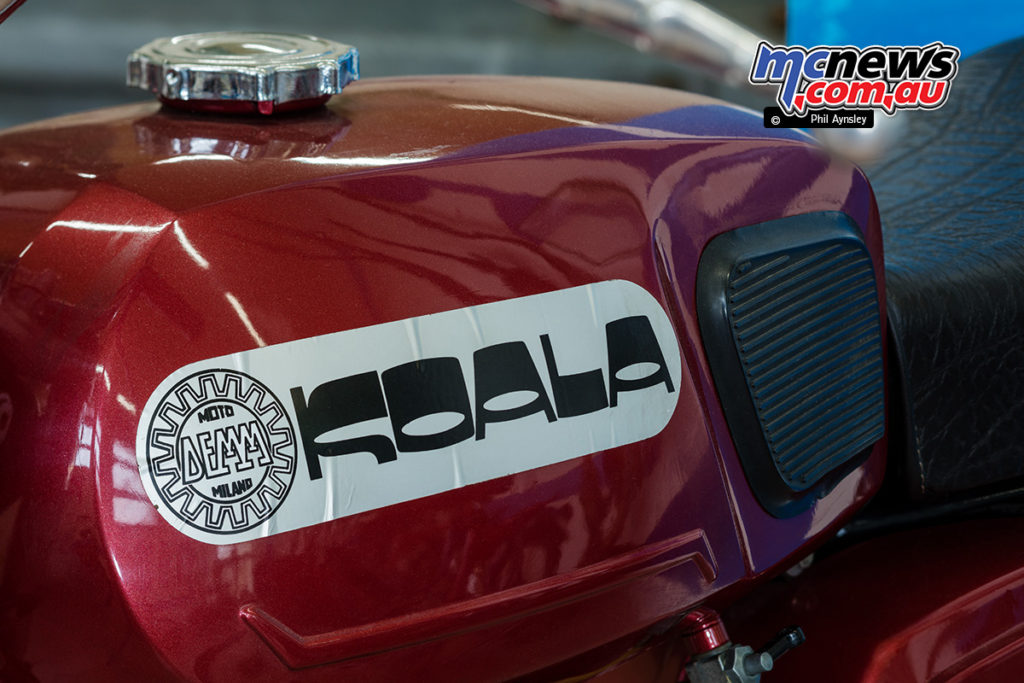
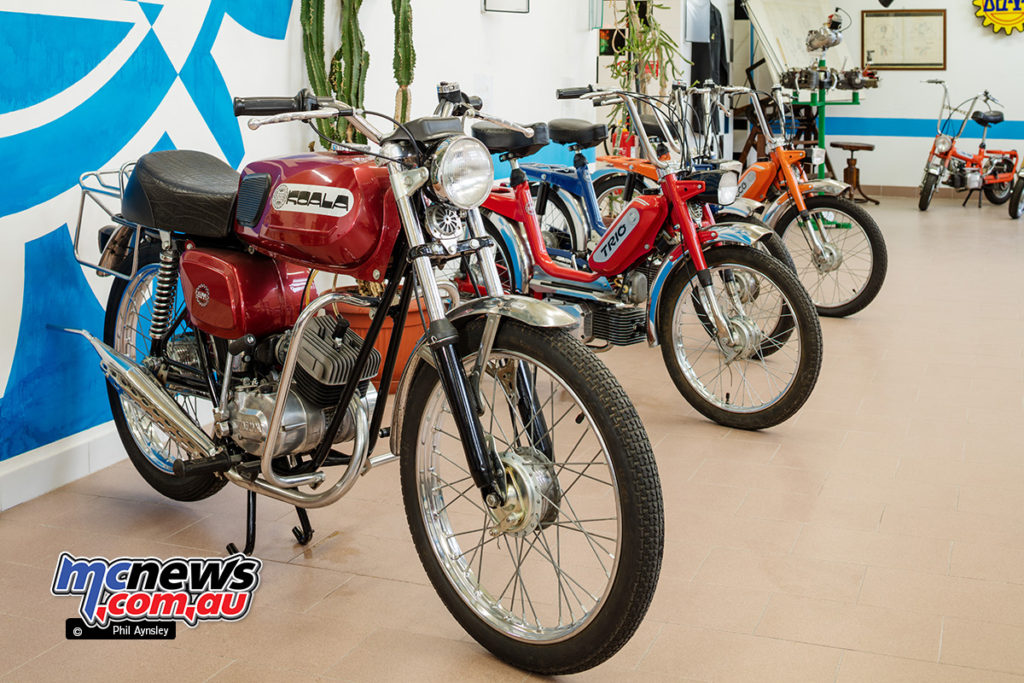
The 1969 Mini DEMM prototype used an in-house designed 45cc two-stroke incorporated into the rear wheel.
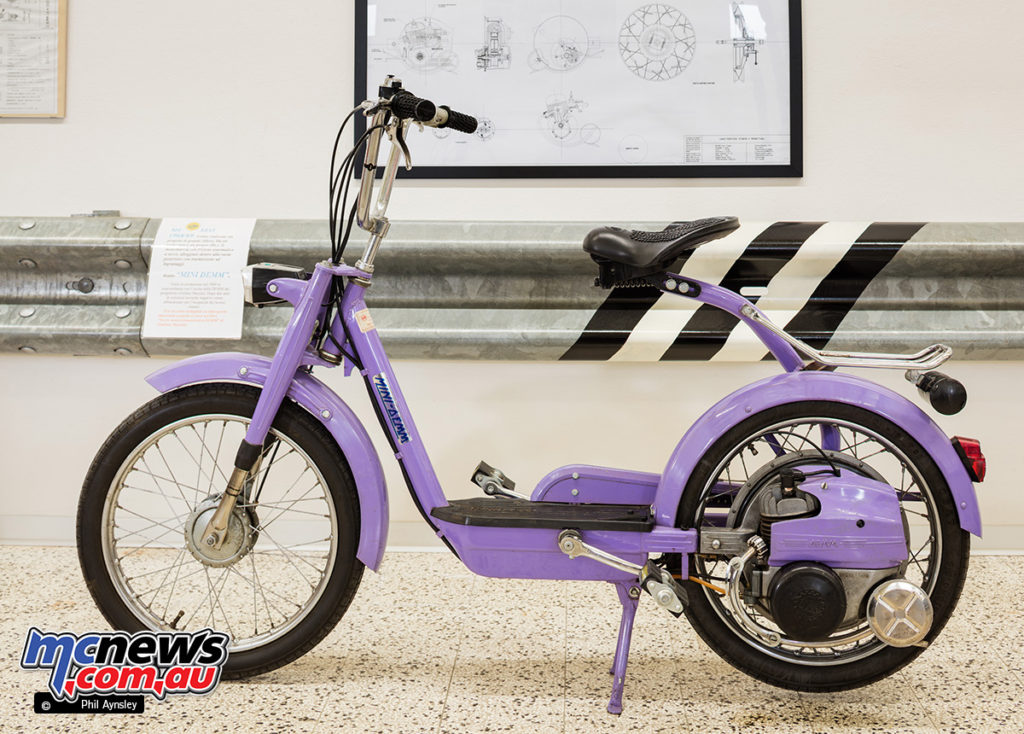
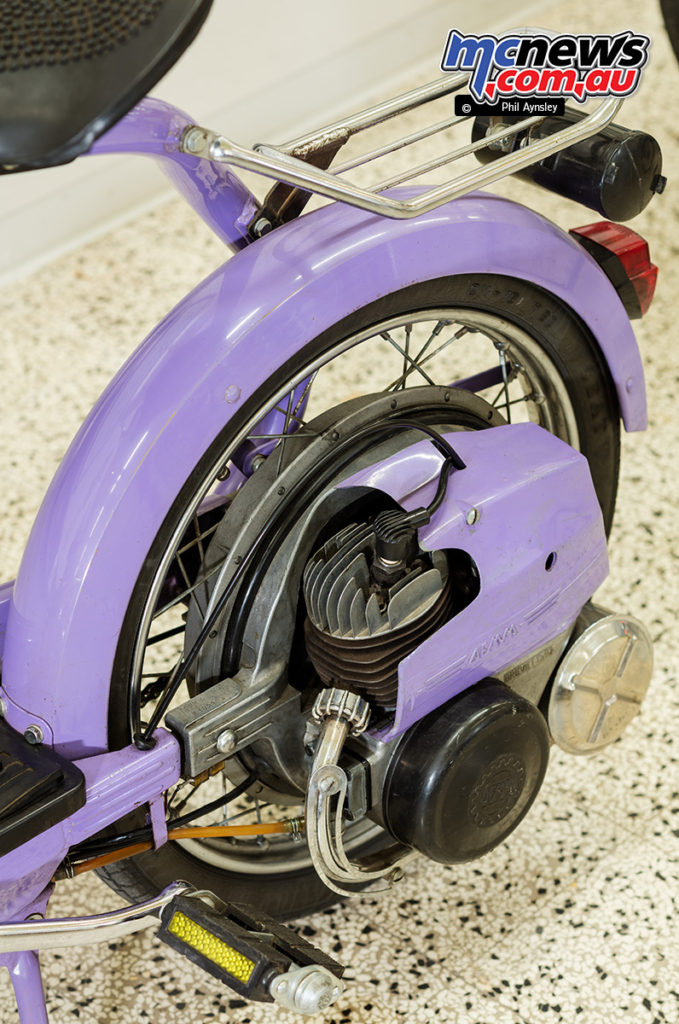
The 175cc singles were handsome bikes and used a bevel drive system to the OHC that was similar in concept to Ducati’s but quite different in detail.
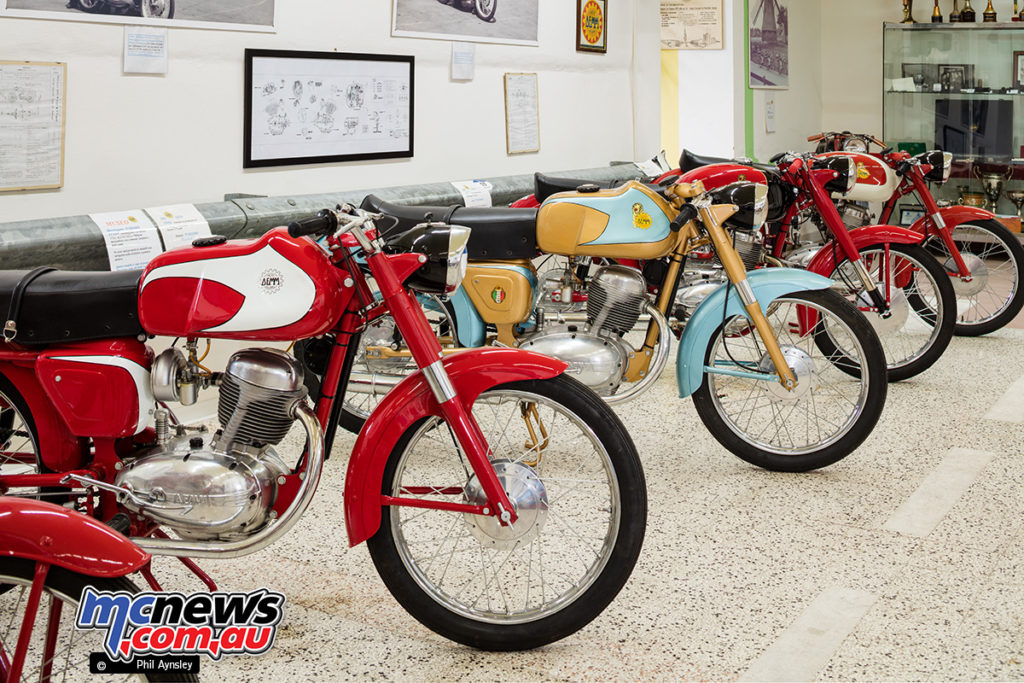
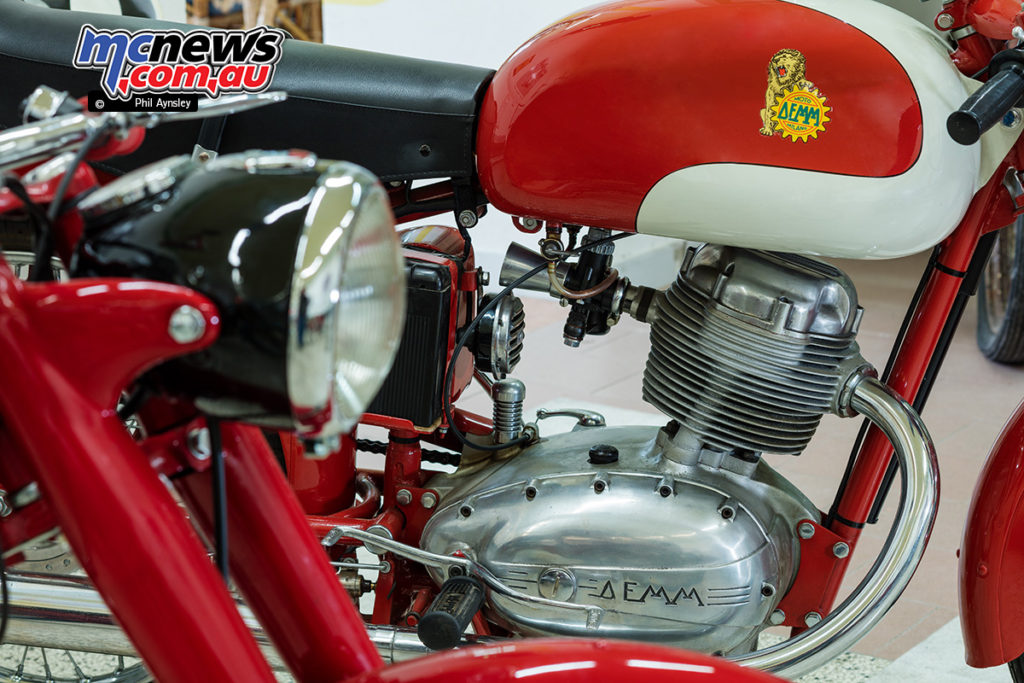
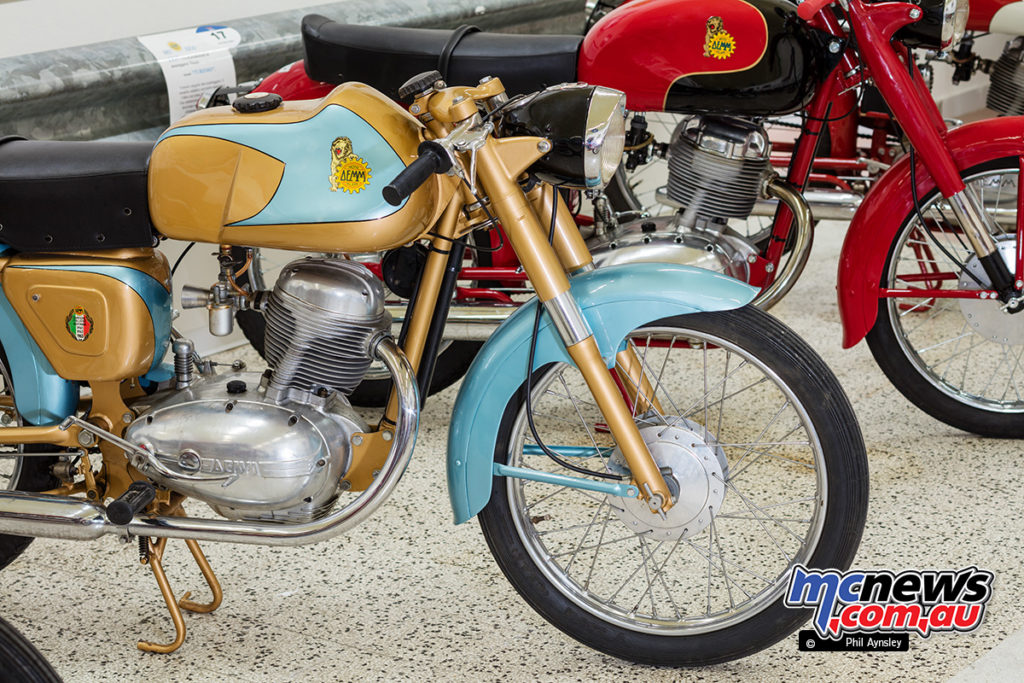
Motorcycle production ceased in 1983 but the company continued to manufacture machine tools and do bespoke engine manufacture. It continues to this day as a part of the ZF Transmission Group.
The schematic for Professor Kristiansen’s (University of Manitoba, Canada) “K” cycle motor, built by DEMM.
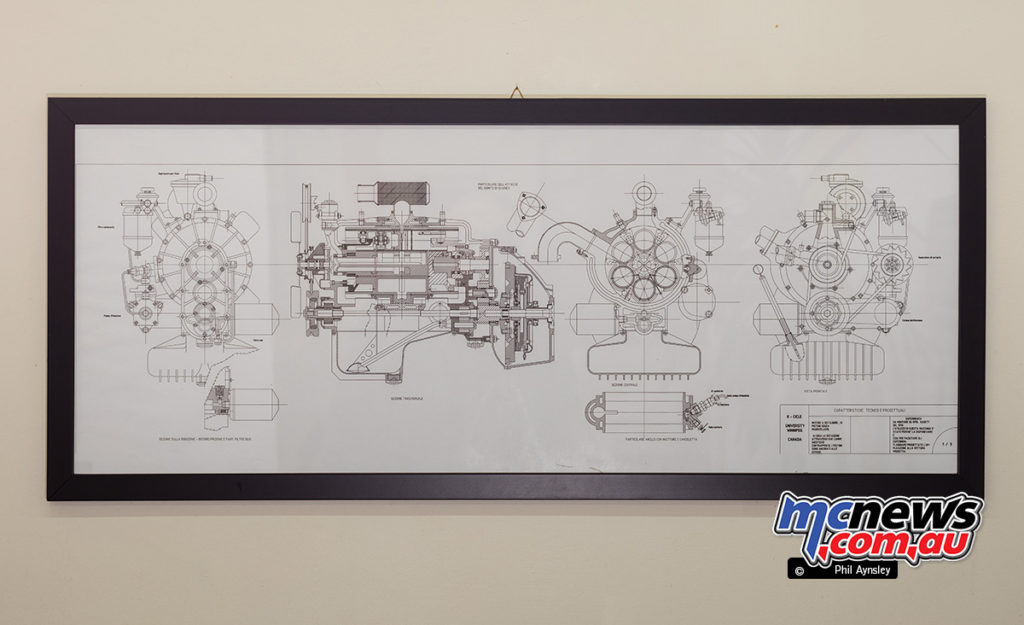
The museum is the work of father and son team Giuliano and Mose Mazzini. Giuliano (pictured here) worked at DEMM for decades, rising from draughtsman to vice-president. Many of the later engine designs are his work.
